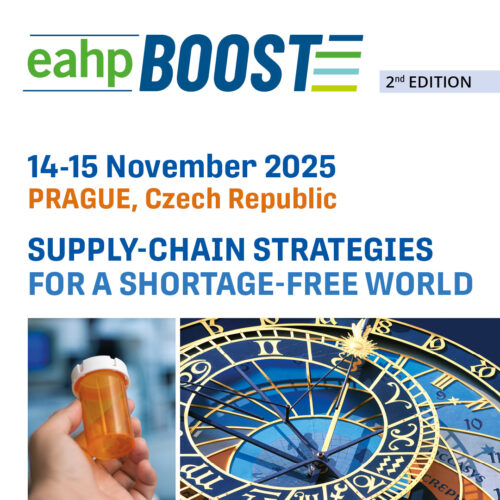Acceptance of pharmaceutical interventions in a resuscitation unit
Pdf

European Statement
Clinical Pharmacy Services
Author(s)
Xabier Larrea Urtaran, Elisabet Nogué Pujadas, Alba Couso Cruz, Guillem Pla Escriva, Carol Batlle Perales, Carla Subirana Batlle, MIreia Bruguera Teixidor, Carmen Ortí Juan, Anna Dordà Benito, Mireia Vila Curris
Why was it done?
The aim of the study is to analyze pharmaceutical interventions (PI) carried out by a hospital pharmacist in a Resuscitation Unit (RU) in terms of number and degree of acceptance.
What was done?
The integration of a pharmacist in the critical care unit allows optimizing pharmacotherapy, prevent s medication errors in critical patients and working in a multidisciplinary methodology .
How was it done?
It is a prospective study carried out from 1 August 23 to 15 September 23 on weekdays, in which patients with a minimum of 48 hours of admission were included, recording the PIs conducted during the daily clinical activity of a pharmacist at the RU. The variables collected were: age, sex, type of PI, medication involved, acceptance of PI and day since admission. The percentage of acceptance of the PIs and activity indices (PI/patient, PI/days and day of PI in respect to admission to the RU were calculated. For the descriptive analysis, the means and standard deviation (SD) were used.
What has been achieved?
80 patients were included during a total of 31 weekdays, mean age ± SD of 59.6 ± 18.4, 46.3% were women (n=37). Patients had 8.9 ± 3.0 drug prescriptions and 3.8 ± 2.0 infusions and on-demand drugs. There were 5.9 patients admitted per day in the RU .107 IPs were carried out, with activity indices of 1.3 IP/patient, 3.45 IP/day and 3.21 IP days compared to admission to the RU.
The groups of drugs with the highest IP were: anti-infective agents for systemic use (n=57), blood and hematopoietic organs (n=17) and nervous system (n=15).
The interventions carried out were: adjustment of anti-infective therapy (n=21); pharmacokinetic adjustment (n=18); administration (n=17); conciliation (n=16); dose adjustment by glomerular filtration rate (n=16); dose adjustment (n=10); duplicity (n=5); no need (n=2); compounding (n=1) and allergy (n=1).
The degree of acceptance of the IP was 92.5% (n=99).
What next?
The acceptance of PIs in the RU is very high , being greater than 90%, with an activity of more than 3 PIs per day, reinforces the integration of a hospital pharmacist in a multidisciplinary team to ensure patient safety and improve the pharmacotherapeutic profile. It is necessary to have a pharmacists integrate in the RU.
























